I farm: “A flock of 90 pedigree Lleyn ewes, a small flock of Mayo Blackface ewes and a couple of alpacas on about 50ac, a mixture of lowland and mountain, along with my wife Corrina and my children, Tadhg and Theo. I took over the farm when I was 14 after my father passed away.”
Sheep: “I’ve been running the pedigree Lleyn flock since 2012; they’ve done well for us commercially. The Lleyn in their nature are a medium-sized ewe, milky and a prolific breed. They’re returning us in excess of a 200% lambing rate. We find them easy fed and it’s allowed us to carry on more ewes in the flock.”

Kenneth has been running the pedigree Lleyn flock since 2012. \ Claire Nash
Lambing: “With good scanning rates, we’re coming out with a lot more lambs here. We’re finishing extra lambs on less ground, that’s the key to the Lleyns. They’re a hardy breed, they wouldn’t necessarily need any winter housing but with the lambing system we run here, I’m working full-time off-farm and we don’t lamb here until mid-March or so. We usually house the ewes around Christmas.”
Future: “We see ourselves increasing the pedigree flock to maybe 120 ewes. There is a demand, people are looking for an easier managed ewe. We retained 40 lambs this year and we’ll be picking out of that.”
Prices: “They’re holding firm this year and we’d like to see that continue. We’re hoping it’s the start of things and if they hold firm for the next couple of years, it’ll give encouragement to people. A lot of lads in this area have gotten out of sheep.”
Grass: “We keep an eye on the soil requirement and we’ve a plan in place for soil nutrition. We also operate a rotational grazing system for the lambs and that just optimises the best grass.”

Kenneth also has alpacas on his farm. \ Claire Nash
Alpacas: “We’re down to six breeding females. We’d use them as flock protectors when the ewes are lambing to scare off foxes.”

Alpacas on Kenneth O'Donnell's farm. \ Claire Nash

Kenneth says that prices are holding firm this year. \ Claire Nash
I farm: “A flock of 90 pedigree Lleyn ewes, a small flock of Mayo Blackface ewes and a couple of alpacas on about 50ac, a mixture of lowland and mountain, along with my wife Corrina and my children, Tadhg and Theo. I took over the farm when I was 14 after my father passed away.”
Sheep: “I’ve been running the pedigree Lleyn flock since 2012; they’ve done well for us commercially. The Lleyn in their nature are a medium-sized ewe, milky and a prolific breed. They’re returning us in excess of a 200% lambing rate. We find them easy fed and it’s allowed us to carry on more ewes in the flock.”

Kenneth has been running the pedigree Lleyn flock since 2012. \ Claire Nash
Lambing: “With good scanning rates, we’re coming out with a lot more lambs here. We’re finishing extra lambs on less ground, that’s the key to the Lleyns. They’re a hardy breed, they wouldn’t necessarily need any winter housing but with the lambing system we run here, I’m working full-time off-farm and we don’t lamb here until mid-March or so. We usually house the ewes around Christmas.”
Future: “We see ourselves increasing the pedigree flock to maybe 120 ewes. There is a demand, people are looking for an easier managed ewe. We retained 40 lambs this year and we’ll be picking out of that.”
Prices: “They’re holding firm this year and we’d like to see that continue. We’re hoping it’s the start of things and if they hold firm for the next couple of years, it’ll give encouragement to people. A lot of lads in this area have gotten out of sheep.”
Grass: “We keep an eye on the soil requirement and we’ve a plan in place for soil nutrition. We also operate a rotational grazing system for the lambs and that just optimises the best grass.”

Kenneth also has alpacas on his farm. \ Claire Nash
Alpacas: “We’re down to six breeding females. We’d use them as flock protectors when the ewes are lambing to scare off foxes.”

Alpacas on Kenneth O'Donnell's farm. \ Claire Nash

Kenneth says that prices are holding firm this year. \ Claire Nash








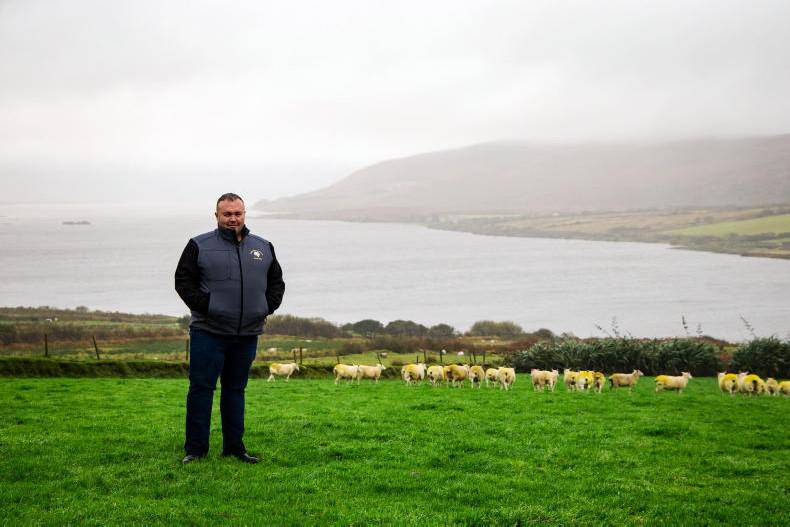
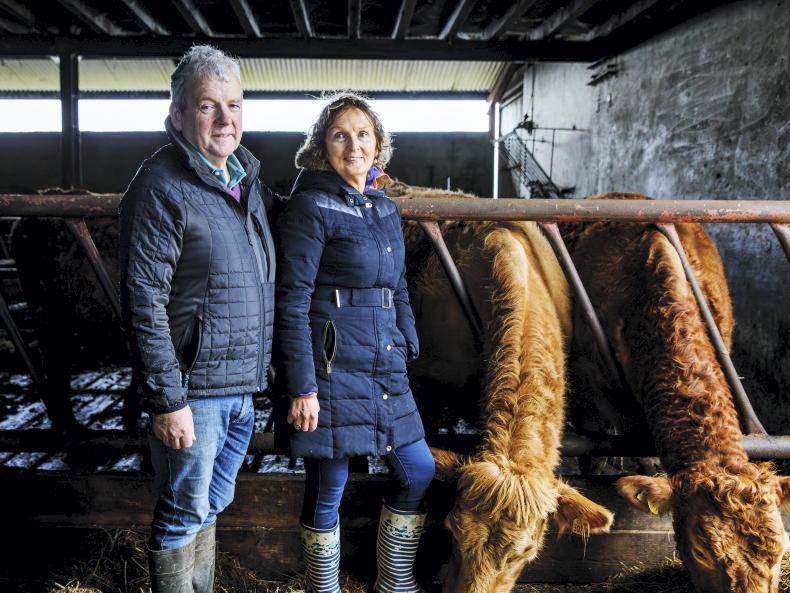
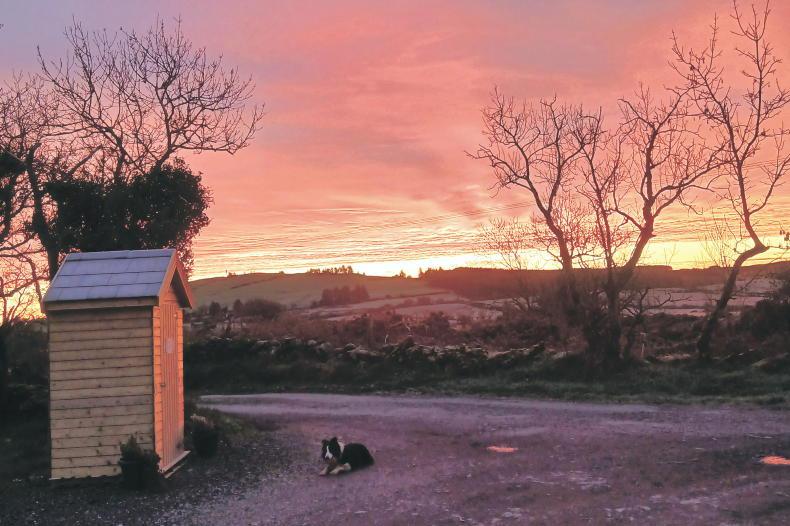
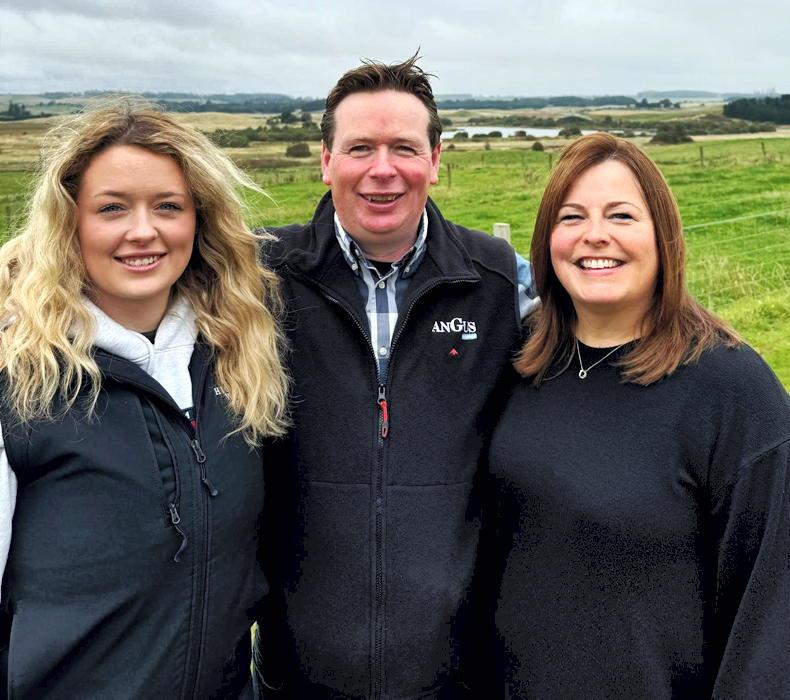
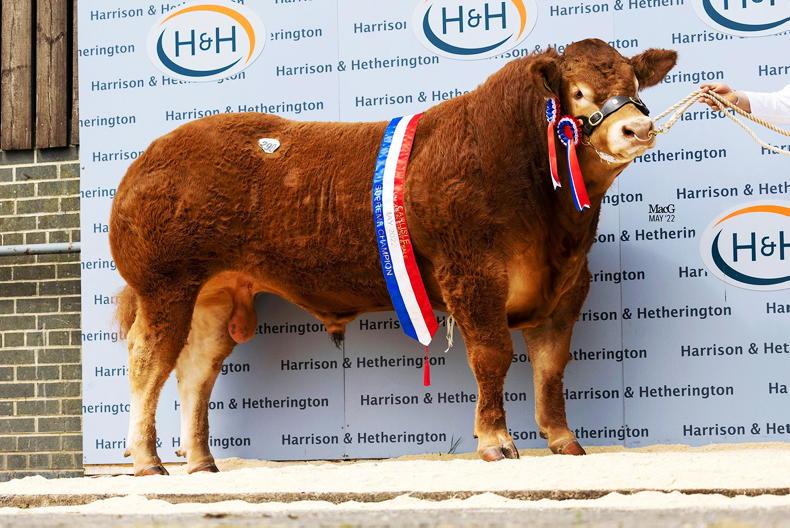
SHARING OPTIONS